As summer softly fades to autumn, September turns into a vital month for gardeners eager to enjoy a fall harvest. With the arrival of cooler temperatures, it’s an excellent time to start planting specific vegetables that thrive in fall’s embrace. The following guide offers insights, planting tips, and care instructions for vegetables to plant in September to ensure a successful and bountiful harvest.
Leafy Greens
Leafy greens are champions of fall gardening. They thrive in cooler temperatures and can be harvested multiple times. Here’s what to plant:
Kale
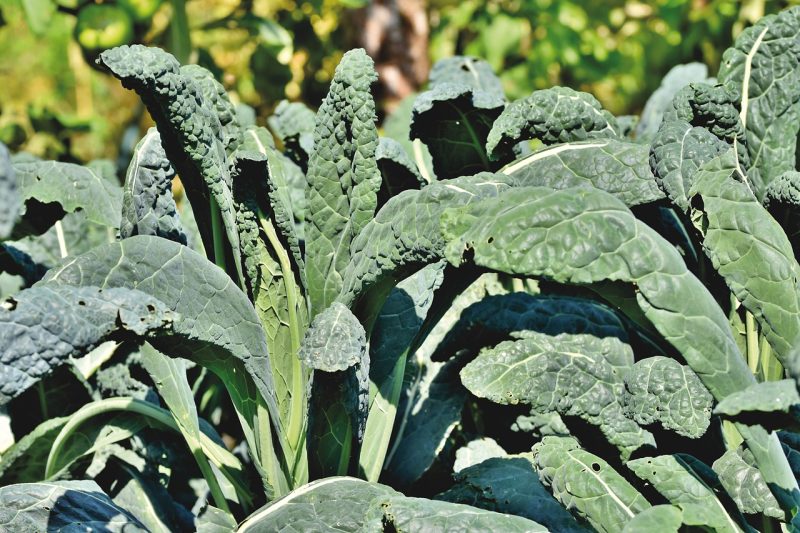
Kale is remarkably resilient and can withstand frost, enhancing its flavor. When planting in September, choose full sun and well-drained soil enriched with compost. Space seedlings about 12 to 18 inches apart to allow for their mature size. Water regularly to keep the soil consistently moist. If you’re in areas with mild winters, you might enjoy a continuous harvest, as kale can be picked throughout autumn and even early winter.
Spinach
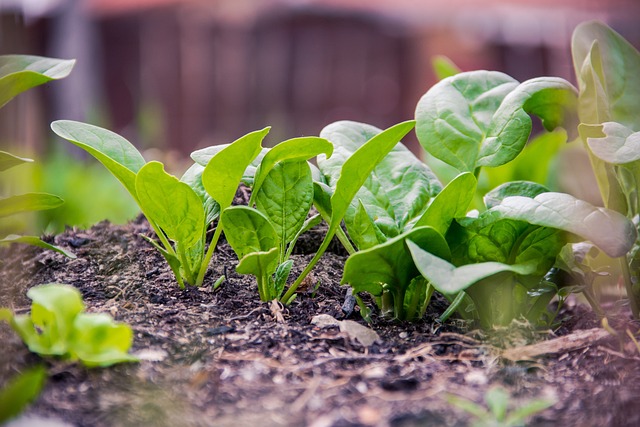
Spinach loves cool weather and can germinate quickly in September. For optimal growth, plant seeds in rows 12 inches apart and thin them to 4 to 6 inches between plants once they sprout. To ensure a steady supply, consider succession planting every 2-3 weeks. Cover seedlings with a light garden fabric if frost threatens, which also shields them from pests. Spinach benefits from fertile soil, so consider adding organic fertilizer during growth.
Swiss Chard

Swiss chard thrives in cool weather and produces vibrant, sturdy leaves. Sow seeds directly in nutrient-rich soil, ideally in rows that allow for 12 inches of spacing. This vegetable grows quickly; you can start harvesting leaves after just a month. For ongoing production, regularly pick the outer leaves, allowing the inner leaves to continue growing. Chard can often survive light frosts, which can even sweeten its flavor.
Root Vegetables
Root vegetables are excellent for September planting, as they thrive in the cooler soil temperatures of fall.
Carrots

Carrots love cooler temperatures, which make them sweeter. To plant, create shallow rows in well-tilled soil and sow seeds thinly, covering them lightly with soil. Space the rows at least 12 inches apart to allow for root development. Water them consistently but avoid waterlogging the soil. Thin seedlings as they grow to ensure they have room to expand. Mulching can also help retain moisture and prevent weed growth.
Beets
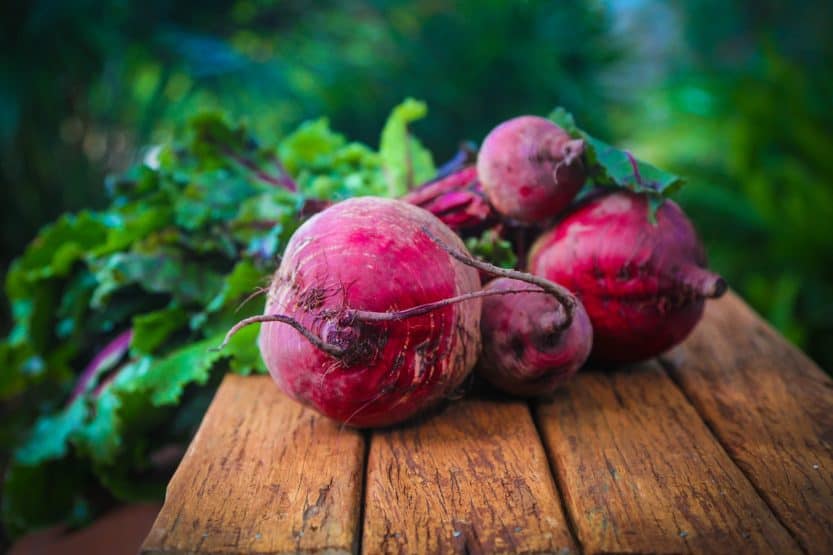
Beets are not just for their roots; both the roots and greens are delicious. When planting in September, sow seeds directly in well-drained, loamy soil. Space beets about 4 inches apart. They prefer cooler temperatures, so cover them with a frost cloth during the first few weeks if necessary. Beets tend to grow best with regular watering, but be careful not to overdo it to prevent root rot. You can also promote better growth by applying a balanced fertilizer.
Radishes

Radishes are the fastest growing of all vegetables, making them perfect for September planting. Plant seeds in loose, well-drained soil, spacing them about 1-inch apart in rows. They germinate quickly and can be harvested just 30 days after planting. To ensure the best flavor, pick them when they are young and crisp. Radishes thrive with consistent moisture; a light layer of mulch helps maintain soil moisture levels, especially in dry conditions.
Brassicas
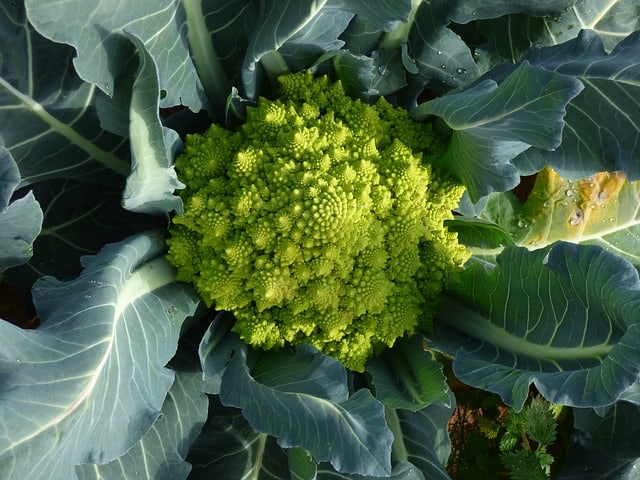
Brassicas are a family of vegetables that grow exceptionally well as the weather cools down.
Broccoli

Broccoli is a fantastic fall crop. Start seeds indoors or directly sow them into well-prepared soil rich in organic matter. Space plants 18 to 24 inches apart, allowing room for the heads to develop fully. Regular watering is essential, particularly in the early stages. For fall planting, consider using row covers during early frosts to protect young plants. Broccoli typically takes 70 to 100 days to mature, so be sure to plan accordingly.
Cabbage
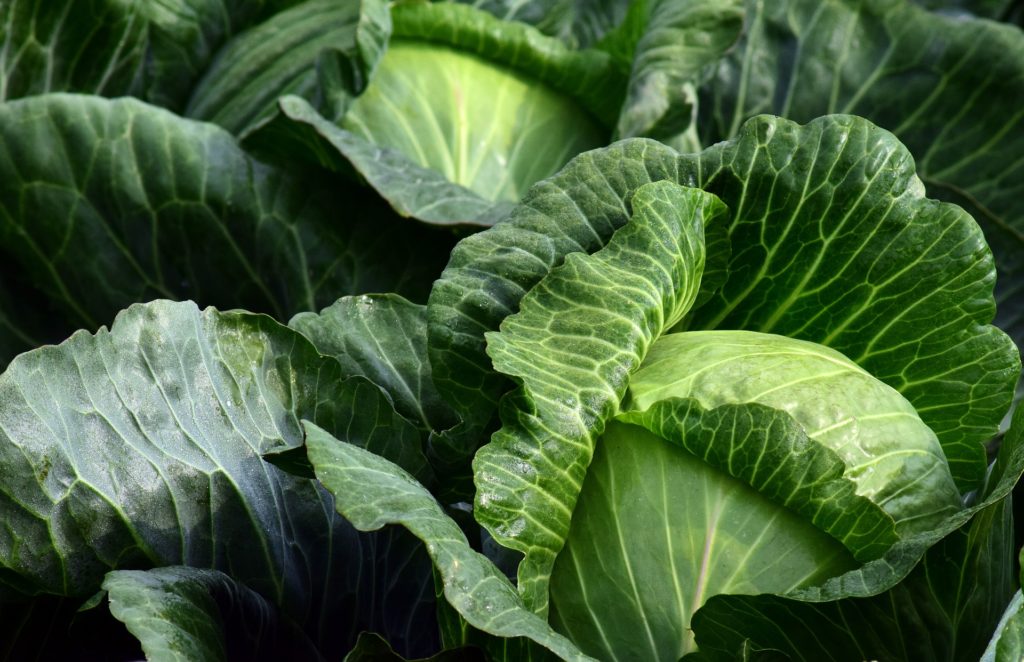
Cabbage can be planted in September for a harvest before winter. Start seeds indoors or transplant seedlings into well-draining, enriched soil. Space plants 18 to 24 inches apart for optimal growth. Regularly monitor for pests like aphids and caterpillars; using insect nets can help. Cabbage grows best with consistent moisture; be sure to provide ample watering, especially during dry spells.
Brussels Sprouts
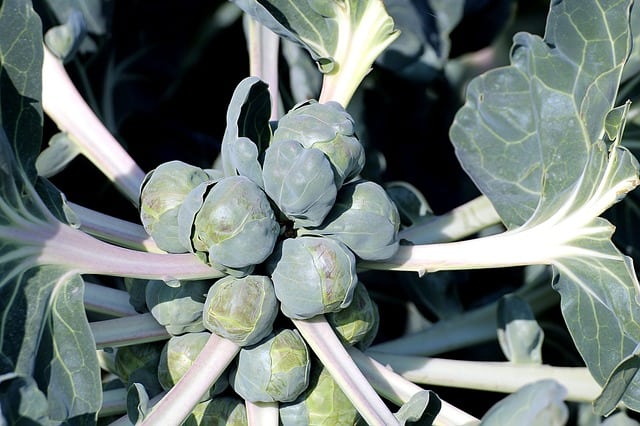
Brussels sprouts flourish in cooler temperatures, making September an ideal time to sow them. Plant seeds about 1 inch deep and 24 inches apart, as these hardy plants need space for their round sprouts. Fertilize with a high-nitrogen fertilizer to encourage growth and establish a strong root system. Water regularly, particularly during dry spells, to prevent bitterness. As they mature, protect them from wind by staking them if necessary.
Peas
September is a great time for planting peas, which enjoy cooler weather.
Snow Peas
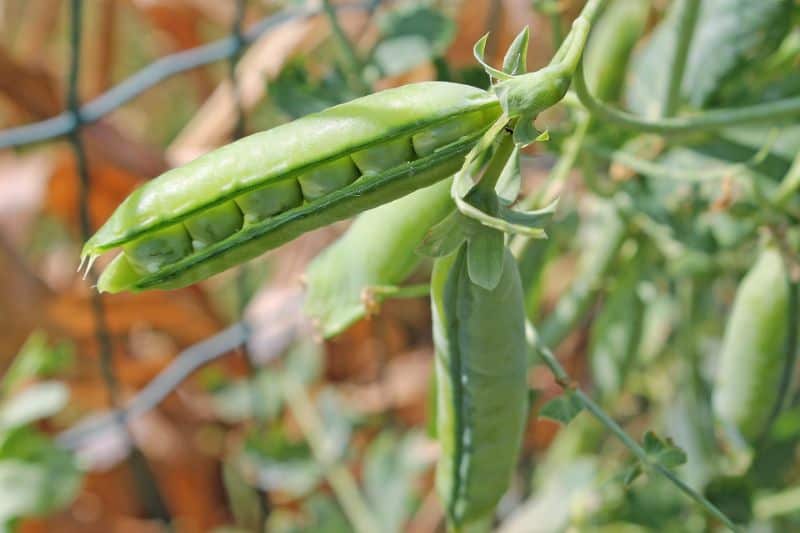
Snow peas are delightful in salads and stir-fries. For planting, select a location with full sun and well-drained soil. Sow seeds about 1 inch deep and space them 2 inches apart in rows. Trellising will assist their growth, allowing for better air circulation and easier harvesting. Keep the soil consistently moist, and detangle any climbing vines regularly. If you notice pests, natural deterrents like neem oil can be effective in keeping them at bay.
Sugar Snap Peas
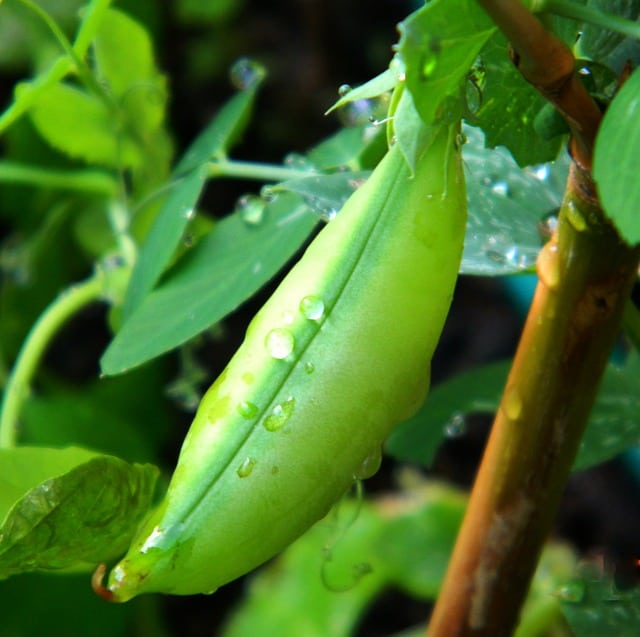
Sugar snap peas are a sweet treat right off the vine. Plant seeds similarly to snow peas in well-draining soil, about 1–2 inches apart. Like snow peas, they appreciate vertical growth, so provide adequate support with trellises. Water consistently, especially during dry spells, and ensure they’re mulched to retain moisture. Harvest snap peas when they’re plump but still tender for the best flavor.
Legumes

Including legumes in your September garden enhances soil fertility and offers nutritious harvests.
Lima Beans
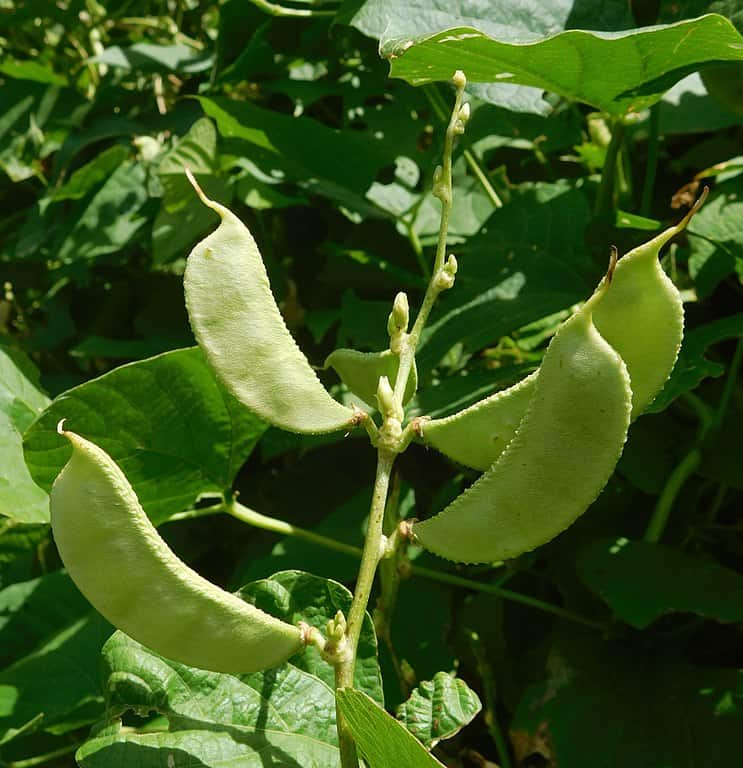
Lima beans, while typically planted in warmer months, can still make an attempt in September where the climate allows. Choose a sunny location with well-drained, lightly acidic soil. Plant seeds about 1 inch deep and space them at least 12 inches apart. They require consistent moisture, particularly during dry spells, so consider applying compost or organic mulch around them. Depending on the variety, harvest typically occurs between 60 and 90 days after planting.
Fava Beans
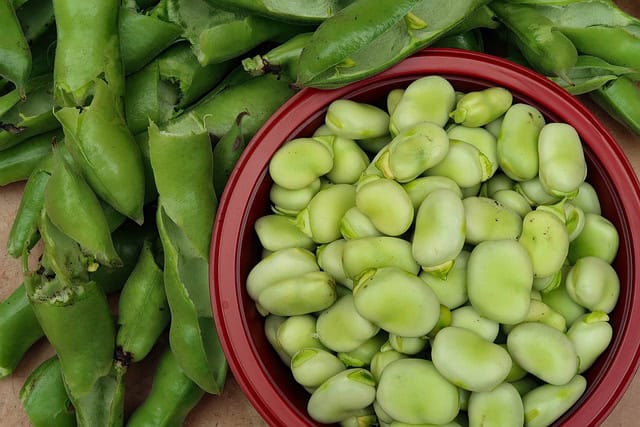
Fava beans are exceptionally hardy and can establish themselves well when planted in September. Sow seeds directly in the ground at a depth of about 2-3 inches with spacing of 6-8 inches apart. Fava beans improve soil fertility through nitrogen fixation, making them a beneficial cover crop as well. They grow best in cooler weather, so ensure they receive adequate water, especially as young plants.
Alliums
Alliums such as garlic and onions add flavorful punch to fall dishes and can thrive when planted in September.
Garlic
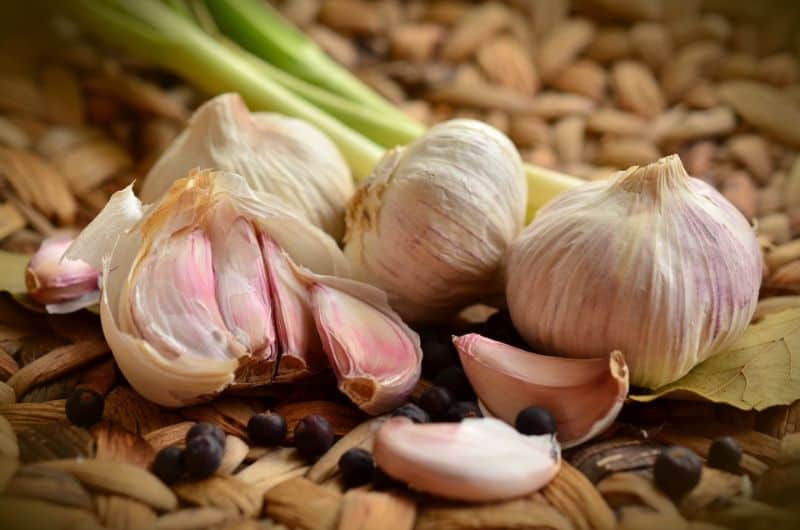
Garlic is a perennial favorite that benefits from fall planting, which allows root systems to establish before winter. Select individual cloves and plant them 2 inches deep, about 4 to 6 inches apart, in well-draining soil. Mulching post-planting helps protect against frost and suppresses weeds. Water well after planting, but further irrigation can usually wait until spring, as garlic prefers slightly drier soil during winter dormancy.
Onions
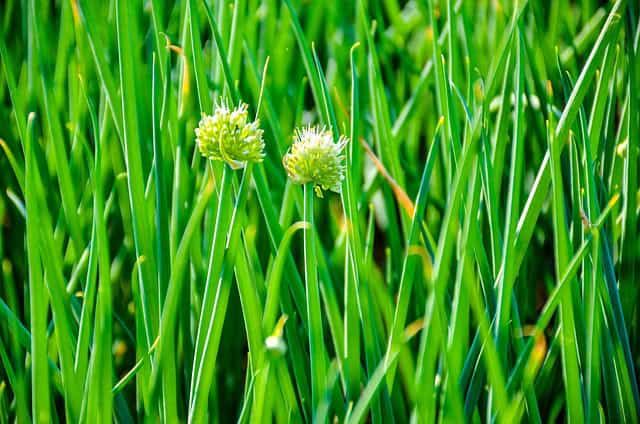
Short-day onion varieties can still thrive when planted in September for a fall harvest. Choose seedlings or sets, and plant them 1 inch deep and spaced about 4 inches apart. Provide rich, well-drained soil with plenty of organic matter. Regular watering is important, especially as bulbs begin to form, but avoid overwatering to prevent rot. Consider applying a balanced fertilizer as they develop.
Shallots
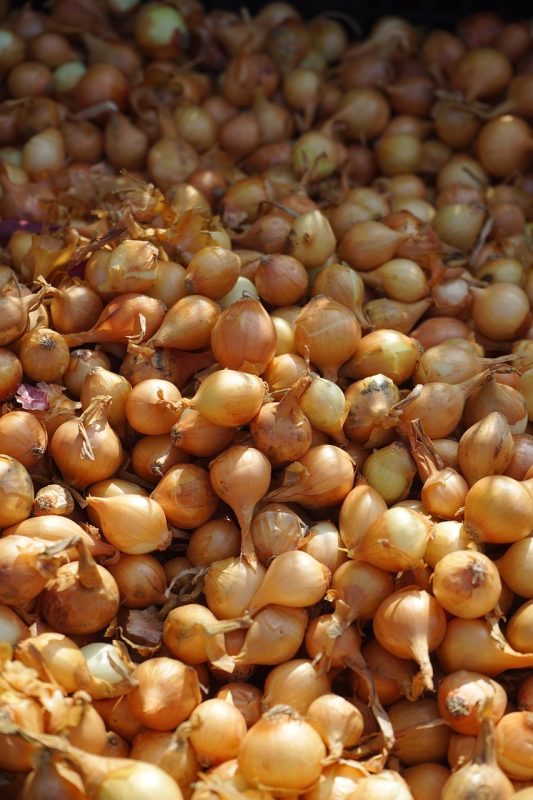
Shallots enjoy the cooler temperatures of fall and can be planted in September for a flavorful crop. Plant individual bulbs 2-3 inches deep, space them about 6 inches apart, and ensure they’re in well-drained soil. Like garlic, shallots will benefit from mulching to protect against frost and conserve moisture. They typically mature in around 90 days.
Cucurbits
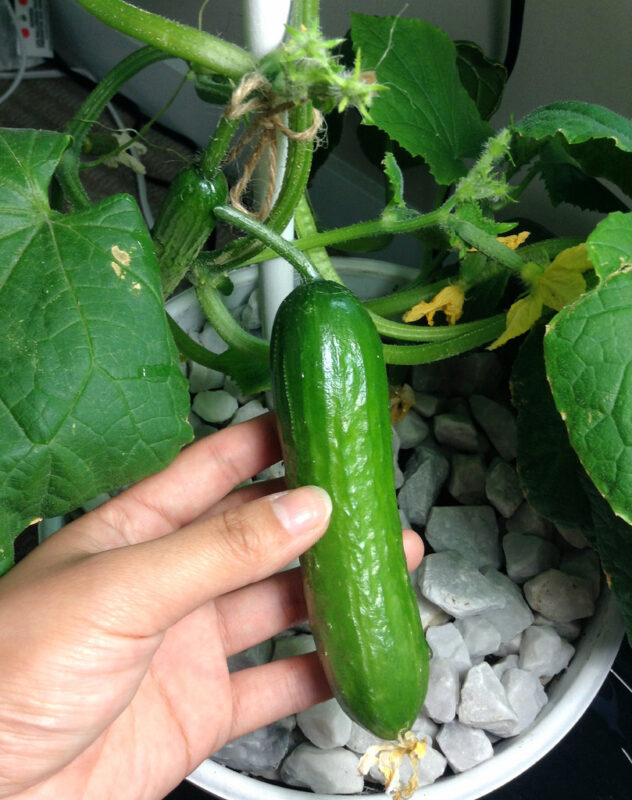
While many cucurbits thrive in warm weather, some varieties can still flourish when started in early September.
Winter Squash
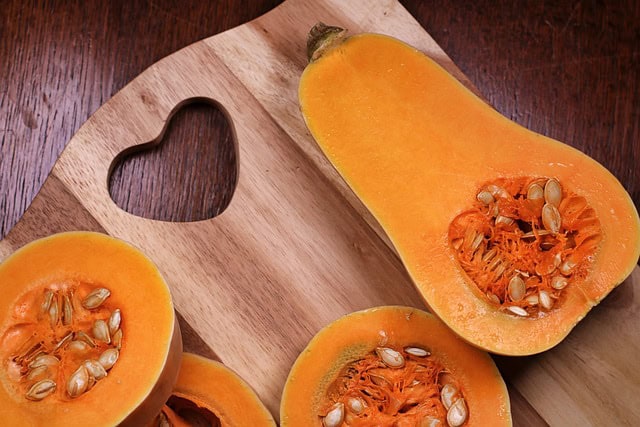
Winter squash, such as acorn or butternut, can be successfully sown in early September, especially in regions with mild climates. Prepare soil with compost and ensure good drainage. Plant seeds 1 inch deep, spaced 3 feet apart, allowing ample room for sprawling vines. Regular irrigation, particularly during flowering and fruit set, is vital. Protect plants from frost with row covers if needed; your efforts will reward you with hearty, sweet squash for winter meals.
Pumpkins
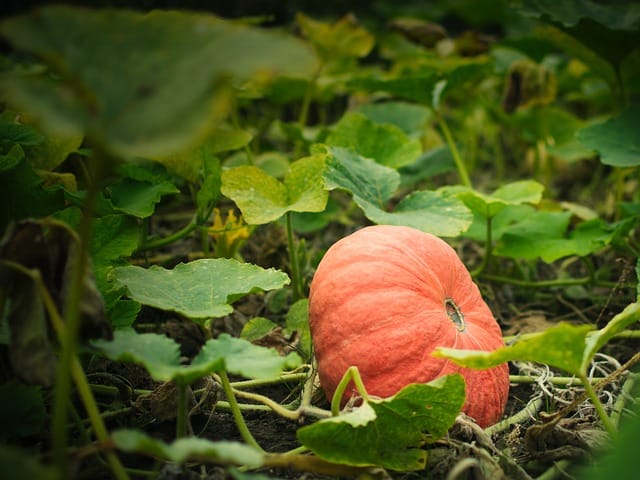
If your climate allows for it, small pumpkin varieties can be sown in early September for an autumn harvest. Plant seeds in well-drained soil, coating them with 1 inch of soil. Ensure that they have plenty of space to spread (around 3-4 feet between plants). Regular watering and fertilizing will help promote fast growth. As the pumpkins develop, monitor closely for pests and diseases and ensure adequate sunlight.
Herbs
Herbs can greatly complement your autumn kitchen, and many varieties can flourish when planted in September.
Cilantro

Cilantro is ideal for September planting, as it appreciates cooler temperatures. Plant seeds directly in well-draining, loose soil. Space seeds about 6 inches apart in rows and cover lightly. Water consistently, especially within the first few weeks. To encourage fresh growth, pinch off flowers as they form to prolong the leaf’s flourishing period. Cilantro grows quickly, often ready for harvest within 30 days, lending flavor to various dishes.
Chives
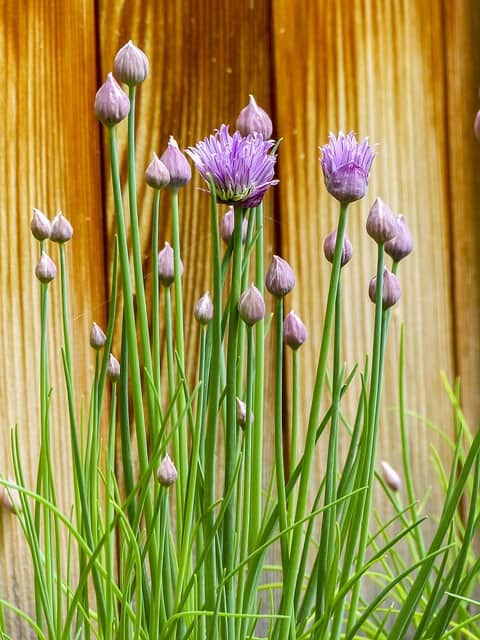
Chives are a perennial herb that thrives with cooler weather. Plant seeds directly outdoors or transplant established clumps into a sunny location with well-drained soil. Space them about 12 inches apart to allow for growth. Chives are relatively low-maintenance but appreciate regular watering; they adapt well to both garden beds and containers, giving you flexible options for your gardening space.
Parsley

September is an excellent time for planting parsley. This biennial herb can be grown from seeds sown directly in nutrient-rich soil. Space seeds about a foot apart for optimal growth, and be patient; parsley can take 14-21 days to germinate. Water regularly and apply mulch to retain moisture. Parsley can be harvested once established, and its leaves will continue to grow back for multiple harvests throughout the fall.





